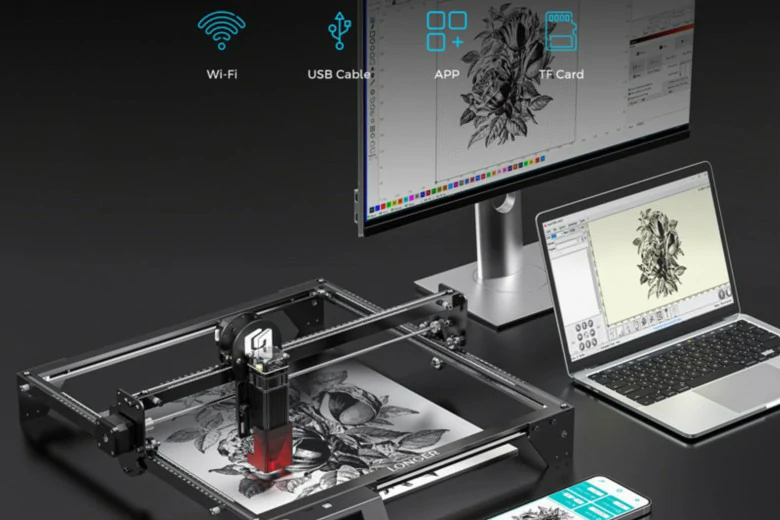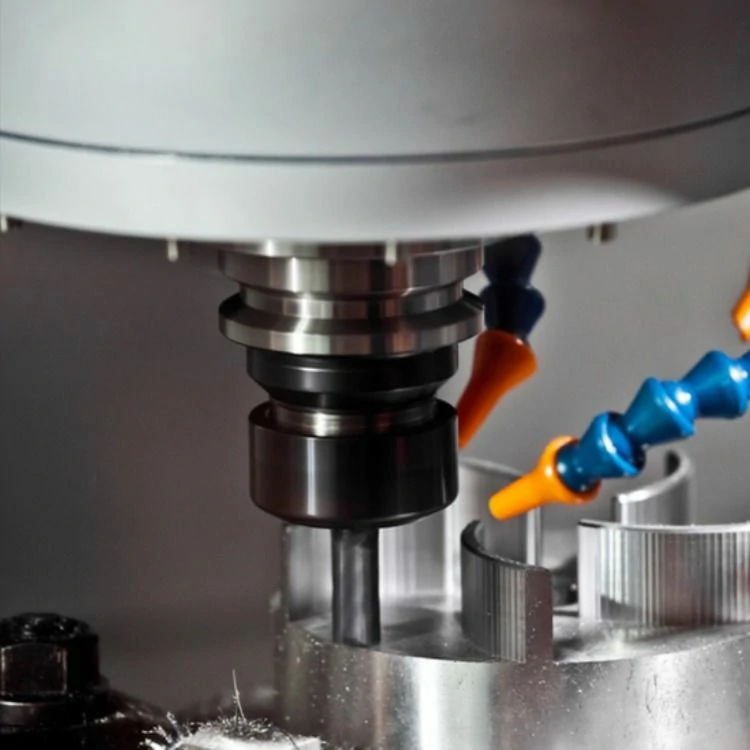The difference between feed rate and cutting speed and the factors affecting their selection
In machining operations, feed rate and cutting speed are two critical parameters that directly impact the efficiency and accuracy of the process. Understanding the difference between these two parameters and the factors that affect their selection is essential for achieving optimal results in machining.
Feed rate, also known as feed per tooth or table feed, refers to the distance that the cutting tool moves during each revolution. It is commonly measured in inches per minute (IPM) or millimeters per minute (mm/min). In other words, feed rate determines how quickly the cutting tool advances along the workpiece.
On the other hand, cutting speed, also referred to as surface speed or spindle speed, represents the relative motion between the cutting tool and the workpiece. It is usually measured in surface feet per minute (SFPM) or meters per minute (m/min). Cutting speed determines how fast the outer edge of the cutting tool rotates.
While feed rate and cutting speed are related, they serve different purposes in machining operations. Feed rate primarily affects the material removal rate, chip thickness, and the time it takes to complete a machining operation. Higher feed rates generally result in faster removal rates, but they can also increase cutting forces and heat generation. On the contrary, lower feed rates may offer better surface finish and reduce tool wear.
Cutting speed, on the other hand, mainly impacts the tool life and surface quality of the workpiece. Higher cutting speeds can cause increased tool wear due to higher temperatures generated at the cutting edge. However, they also reduce machining time and can enhance productivity. Conversely, lower cutting speeds result in decreased tool wear but may extend machining time.
Several factors influence the selection of feed rate and cutting speed in machining operations. The first factor is the workpiece material. Different materials have varying hardness, thermal conductivity, and machinability. Harder materials require slower cutting speeds and lower feed rates to prevent excessive tool wear, while softer materials can tolerate higher speeds and feed rates.
The second factor is the type of cutting tool being used. Different tool materials, coatings, and geometries can withstand different cutting speeds and feed rates. For example, carbide tools are more suitable for high-speed cutting, while high-speed steel tools may require lower speeds and feeds.
The third factor to consider is the desired surface finish. Finer surface finishes generally require lower feed rates to minimize tool marks and improve accuracy. However, roughing operations may employ higher feed rates to quickly remove material, sacrificing surface finish.
Additionally, machine rigidity and power also play a significant role in determining the appropriate feed rate and cutting speed. Machines with higher rigidity and power can handle higher cutting forces and support higher feed rates and cutting speeds.
Overall, selecting the optimal feed rate and cutting speed is a delicate balancing act that depends on various factors such as workpiece material, cutting tool characteristics, desired surface finish, and machine capabilities. Machinists must carefully analyze these factors to achieve the best balance between productivity, tool life, and surface quality in their machining operations.
.webp)



